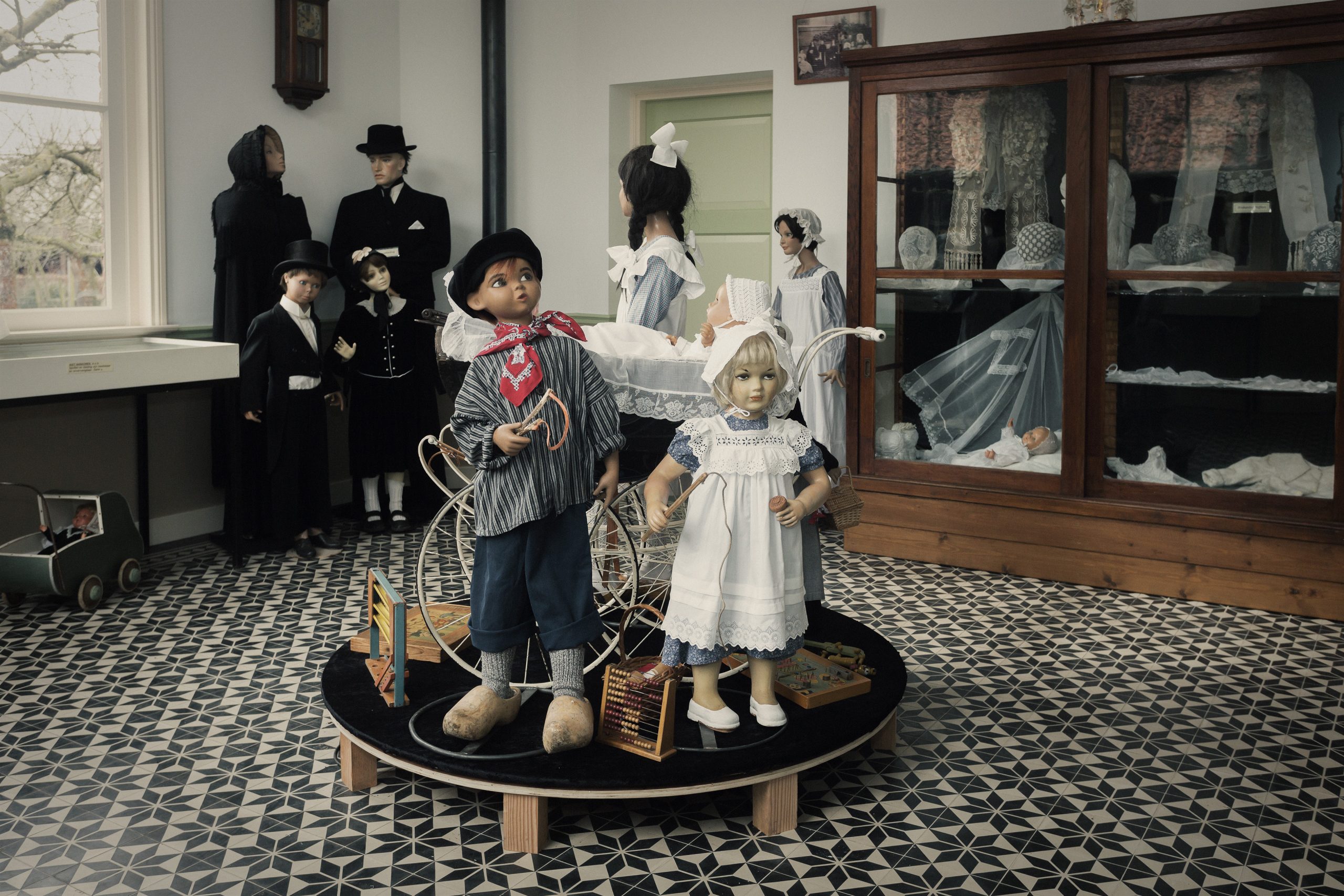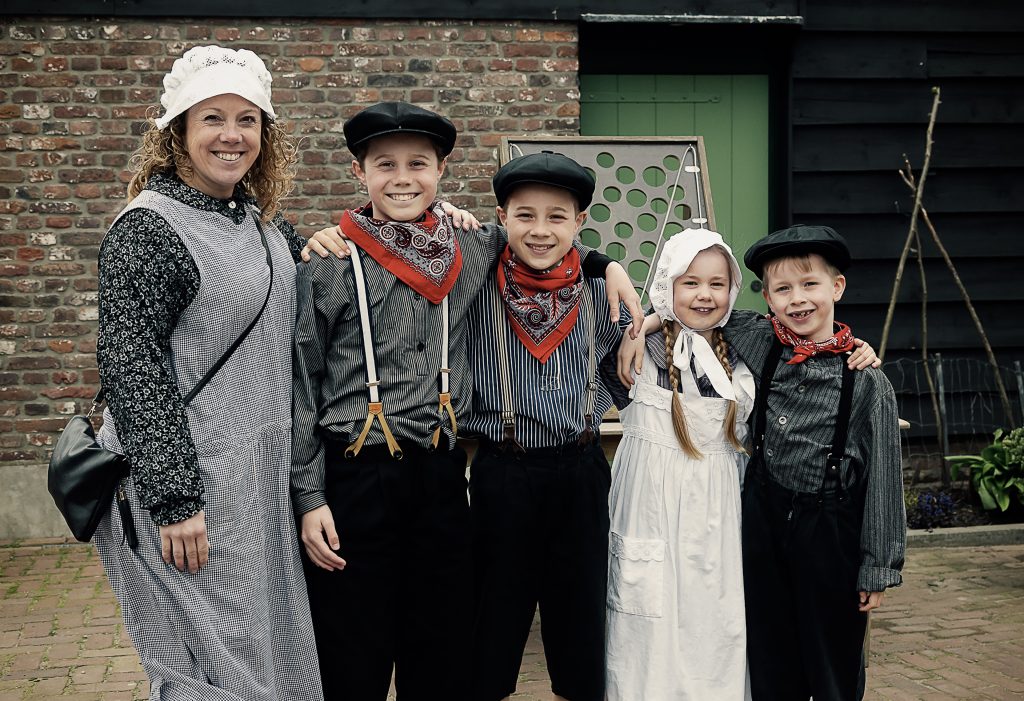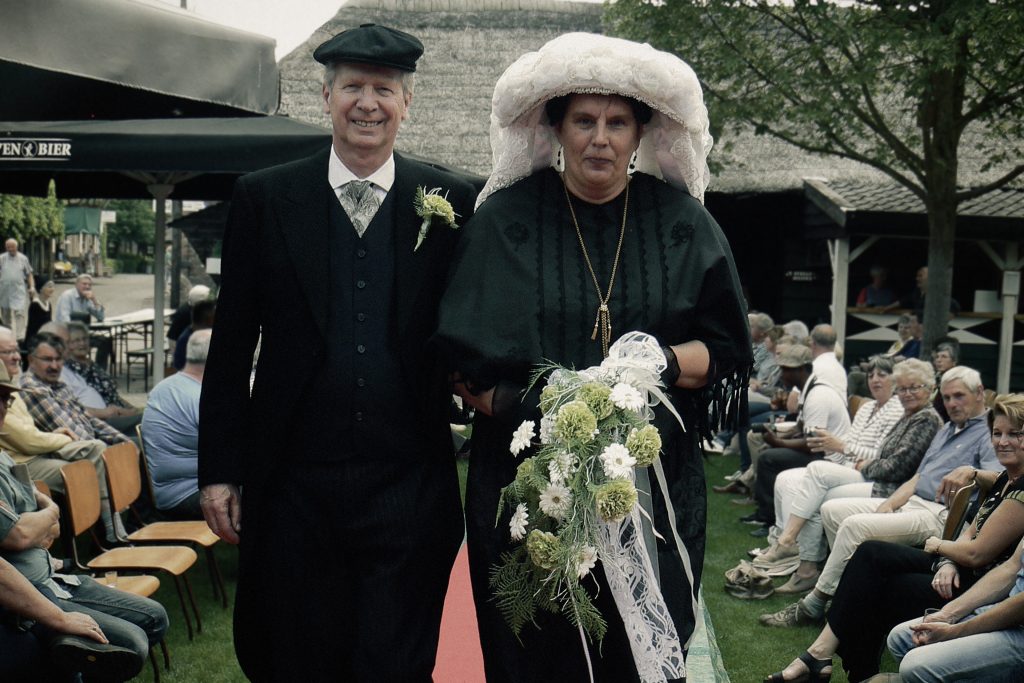The History of Brabant Traditional Costume
Brabant traditional costume, rich in traditions and variations, reflects the deep cultural roots and social customs of this region of the Netherlands. Between 1850 and 1940, the costume evolved remarkably, influenced by social events, economic conditions, and life milestones such as baptism, Holy Communion, marriage, and mourning.
Everyday clothing was functional and made from durable materials suitable for work on the land and in the household. Women often wore simple skirts and blouses, finished with an apron, while the daily attire of Brabant men was practical and focused on heavy labor in agriculture and crafts. Their clothing typically consisted of a few standard pieces that offered both comfort and durability.
The clothing of Brabant children largely mirrored adult styles but was adapted for comfort and practical use. Children’s clothing was simpler, less decorated, and designed to allow freedom of movement during play and work.
Special Occasions
For special occasions such as baptism, communion, marriage, and mourning, more elaborate clothing was worn. During weddings, for example, women wore richly decorated dresses and the well-known Brabant ‘poffer’—a lavishly adorned bonnet that served as a status symbol among Brabant women. Men, in turn, wore dark, formal suits with a vest and sometimes a hat.
Mourning attire held a special place within Brabant traditional costume. People wore strict and sober clothing to express respect and grief. Women and men dressed entirely in black, with subtle differences in their garments indicating how long someone had been in mourning.
Collection of Brabant poffers, bonnets, and clothing
In the school building next to the museum, there is an extensive collection of Brabant poffers and bonnets that offer a unique insight into the fashion of the time. Not only women’s clothing, but also children’s and men’s garments from the early 20th century are on display.
This collection highlights the diversity and rich decoration of Brabant traditional costume and shows how clothing was used to express social status, personal milestones, and cultural identity. Each garment in the museum tells a story about the way of life, craftsmanship, and traditions of Brabant in days gone by. The exhibition was partly curated from the collection of Fien van Berlo – Braks (deceased in 2010).




